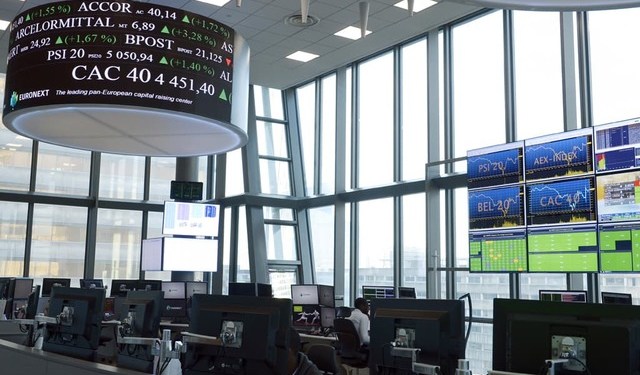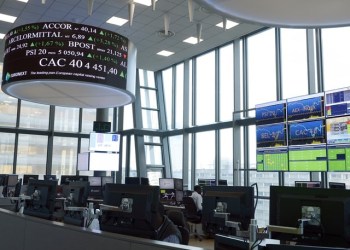© Reuters. FILE PHOTO: Oil barrels are pictured at the site of Canadian group Vermilion Energy in Parentis-en-Born, France, October 13, 2017. REUTERS/Regis Duvignau
By Florence Tan
SINGAPORE (Reuters) -U.S. sanctions targeting Russian refineries, disruptions to shipping and a fall in U.S. crude stocks to multi-year lows kept oil prices racing on Thursday as Brent charged towards $120 a barrel, its highest in almost a decade.
Brent crude futures rose as high as $119.84 a barrel, the highest since May 2012. The contract was at $119.78 a barrel, up $6.85, or 6.1%, by 0752 GMT.
U.S. West Texas Intermediate crude hit a high of $116.57, the loftiest since September 2008, and was at $116.41 a barrel, up $5.81, or 5.3%.
The gains followed the latest round of U.S. sanctions on Russia’s oil refining sector that raised concerns that Russian oil and gas exports could be targeted next.
While wielding economic sanctions to try to make Russia call off its invasion of Ukraine, Washington has stopped short of targeting Russia’s oil and gas exports as the Biden administration weighs the impact on global oil markets and U.S. energy prices.
“They may be saying that, but global financial institutions are doing the heavy lifting and blanket banning anything with Russia written on the documentation,” OANDA analyst Jeffrey Halley said.
“I think as long as the West holds its nerve, oil will still go higher.”
Australia’s ANZ raised its short-term target for oil to $125 a barrel, adding that supply shortages could see further upside.
Russia is the world’s third biggest oil producer and the largest exporter of oil to global markets, according to the International Energy Agency. Russian crude and oil products exports reached 7.8 million barrels per day in December, the agency said.
The Organization of the Petroleum Exporting Countries and their allies including Russia, known as OPEC+, decided to maintain an increase in output by 400,000 barrels per day in March despite the price surge, snubbing calls from consumers for more crude.
“OPEC+ essentially punted on sending any production signals to calm the runaway oil market, rolling over the 400 kb/d production increase in record time,” RBC Capital analyst Helima Croft said in a note.
“While some remain transfixed with the idea that an Iran agreement will provide much needed relief, we again caution that the deal is still not done and the sums entailed would simply be too small to backfill a major Russian disruption.”
The head of the International Atomic Energy Agency (IAEA) will visit Tehran on Saturday, Iranian news agency Nournews reported, suggesting this could help pave the way to a revival of Iran’s 2015 nuclear agreement with major powers.
Meanwhile, U.S. oil inventories continued to decline. Tanks at the key Cushing, Oklahoma crude hub were at their lowest since 2018, while U.S. strategic reserves dropped to a near 20-year low – and that was before another release announced by the White House on Tuesday in tandem with other industrialised nations. [EIA/S]
Source: Investing.com

























